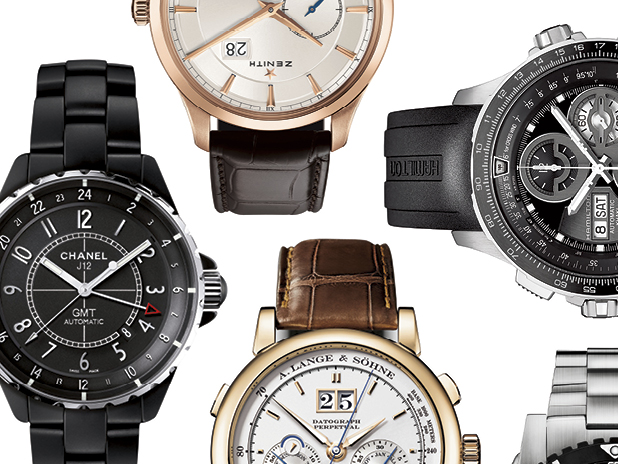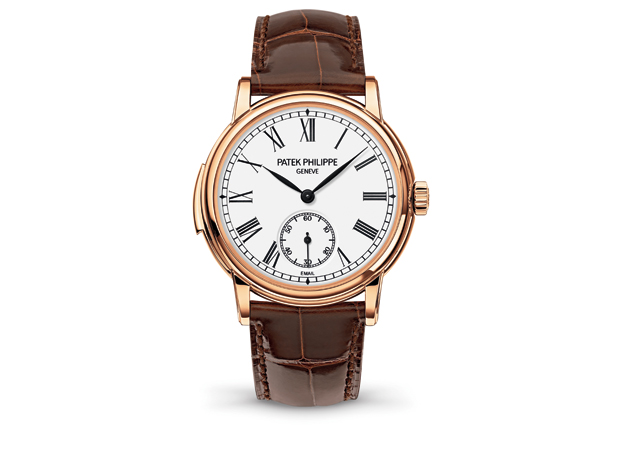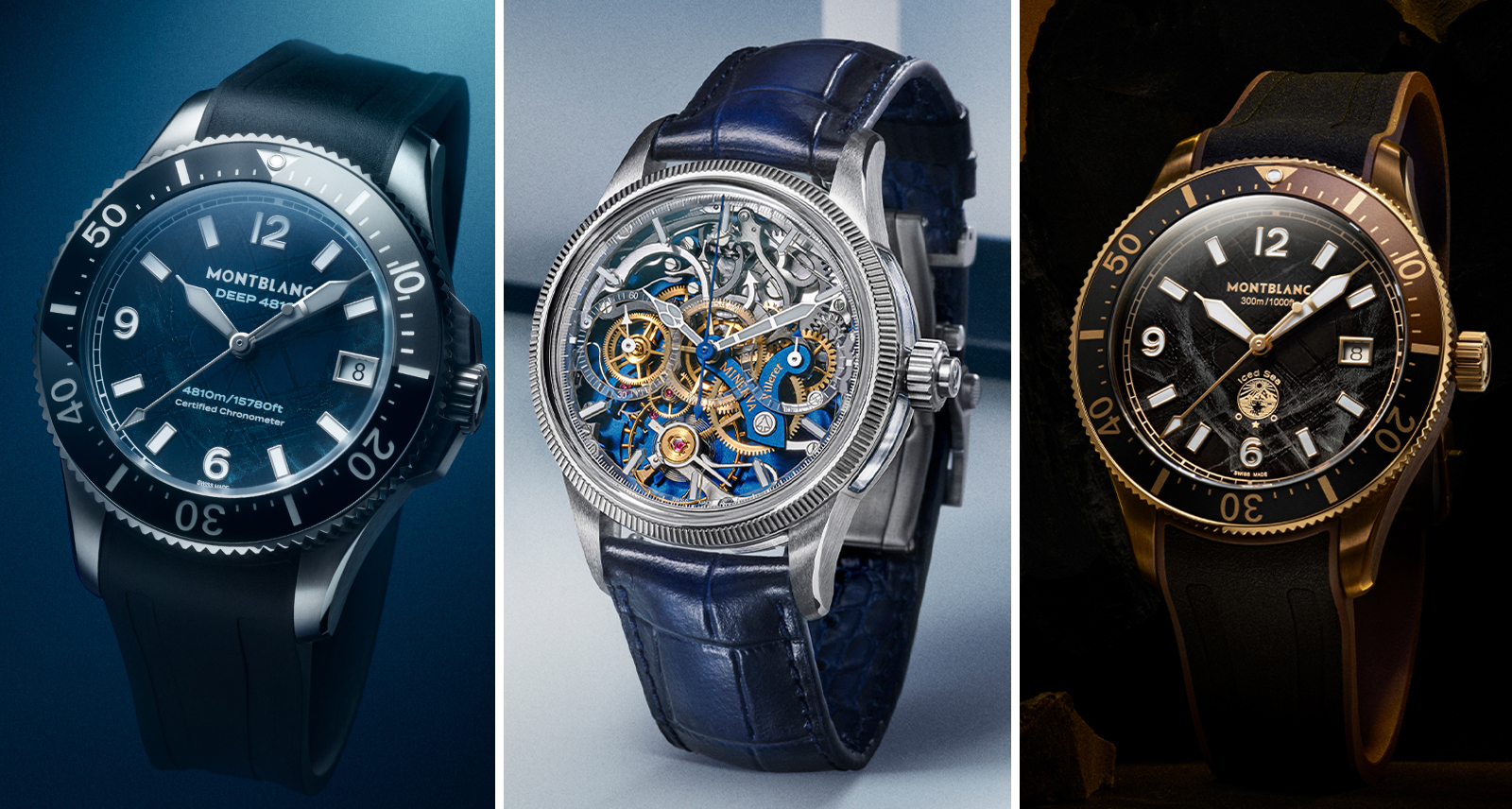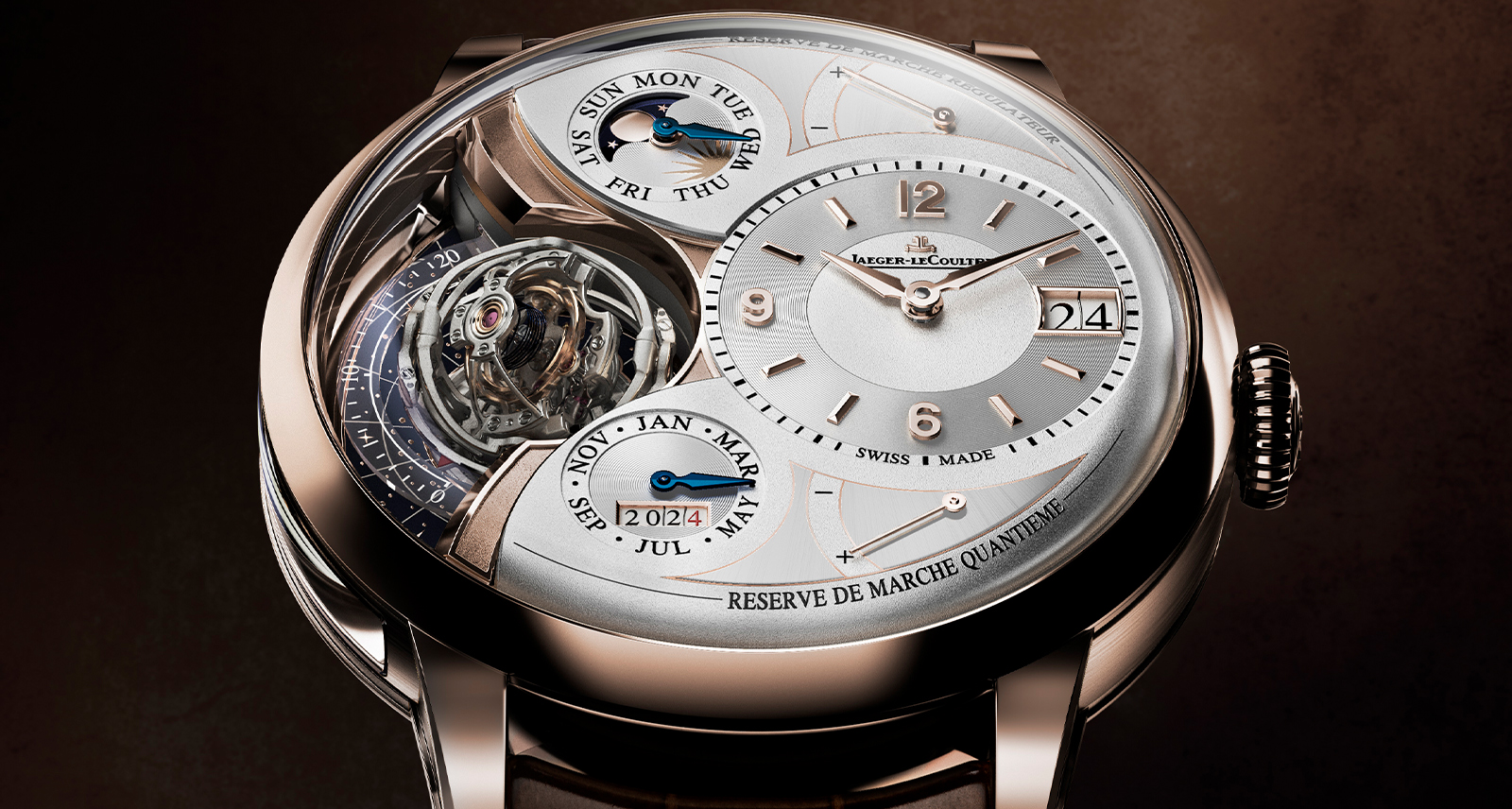Timepiece Complication 101
A well-designed watch is the perfect intersection of style and functionality. Not only does it look great on your wrist, it’s also a useful instrument—a watch, even in the age of the smartphone, is still often the most immediate means for keeping track of the time. But chances are the watch on your wrist is capable of more, sometimes much more. As watch technology has advanced over the years, mechanical watches have become capable of displaying all kinds of information—from calendars that only need to be adjusted once a century to second time zones to altitude and depth. In the watch world these added features (everything other than hours and minutes on your watch) are known as complications. Here’s how to put yours to good use.


























